The Covid Diaries 57: Chelsea Physic Garden
A review of a (very) early spring visit to the Chelsea Physic Garden. In which I am overjoyed to have something I can book tickets and go to. And the spring flowers are a bonus.
Something You Can Book Right Now!
Ok. As you can tell, I was pretty excited about going to the Chelsea Physic Garden. It’s historic, and has been on my list to visit for a while. But, most importantly, it’s open! It’s an actual London visitor attraction which you can see during lockdown. I was so excited when I discovered this (thanks to Time Out) that I booked a ticket on the spot. That was a terrible plan as it snowed that weekend and we have to ride bikes to get there. But, undeterred, I booked again and made it the second time. Hooray!
As well as something new for your starved senses to take in, it’s actually quite nice to visit the Chelsea Physic Garden at this time of year. It’s not too busy, and the flowers starting to peek their heads through the soil give a nice sense of hope and renewal. So if you are within reach of Chelsea, I recommend giving a visit some thought. If you can go on a weekday then even better. The Garden is not open on Saturdays, so all weekend visitors arrive on Sundays. It’s not overcrowded, but only just.
Tell Me About the Chelsea Physic Garden
I have seen a lot more botanic gardens in the past twelve months than I would in an average year. There was the Oxford Botanic Garden in the summer; then the one in Padua a couple of months later. I have learned first and foremost that these are relatively easy sights to keep open during a pandemic. I have also started to see the similarities and understand where these types of institutions originated.
The Orto Botanico in Padua dates to 1545. The Oxford Botanic Garden was founded in 1621. And the Chelsea Physic Garden in 1673. Herb gardens had long been a feature of monastic life. But as monastic power waned in favour of secular leaders, universities and later the Enlightenment, botanic gardens were one way in which these centres of learning were secularised. From the start of the 16th Century, plants from the New World were also making their way to Europe in droves. Botanic gardens were therefore essential to receiving, caring for and studying new (to Europe) species.
It is in this context that the the Worshipful Society of Apothecaries established the Chelsea Physic Garden 1673. Originally focused on healing and medicine, it has had many claims to fame over the years. It has Britain’s oldest fruiting olive tree; introduced cotton plans to the United States (certainly an act of significance but of dubious overall good); Joseph Banks worked here, etc. The exact outlines of the garden have changed over the years. Beginning on leased land, Sir Hans Sloane provided its current plot on favourable terms in 1722. It lost some land to the Chelsea Embankment in the 19th Century, and to the road on the opposite side. And interestingly it didn’t open to the public until 1983.
Making The Most of Spring
The thing about a well-planned garden is that there is something to see almost year-round. The Chelsea Physic Garden have a helpful map available digitally or at the entrance which shows you all the things likely to be in bloom. A lot of these are snowdrops (see above for the astounding variety). But there are also cherry blossoms, crocuses, fragrant Edgeworthia chrysanthia and also Drimys winteri which once protected sailors from scurvy.
There is also a lot of wintery dead foliage (see below). But during this long winter of my lockdown discontent, it was wonderful to see flowers emerging. It felt like hope that the world will keep turning and we will all get back to normality eventually. The map helped us to get the most out of our visit. And learning about different early flowering plants than the ones we usually think of (see again snowdrops) provided the stimulus that my brain is constantly craving at the moment. I look forward to going back in other seasons to see what else is growing.
Final Thoughts
Despite my initial excitement purely because the Chelsea Physic Garden was something to do, it did not disappoint. I enjoyed seeing somewhere historic and educational (see all the different layers of informational panels above). And a beautiful garden does do something to lift the spirits.
As ever, I am only advising people to go to the Chelsea Physic Garden if they are able to do so under current guidelines. But if you are, then do! We spent a very nice 90 minutes wandering about, having a coffee and enjoying the sun. It broke up the weekend, and inspired me to go back at another time. My connoisseurship of Europe’s botanic gardens continues!
On its own merits: 4/5
Implementing Covid measures: 3.5/5
Keep up to date on all things Salterton Arts Review by signing up for our weekly newsletter:
If you see this after your page is loaded completely, leafletJS files are missing.

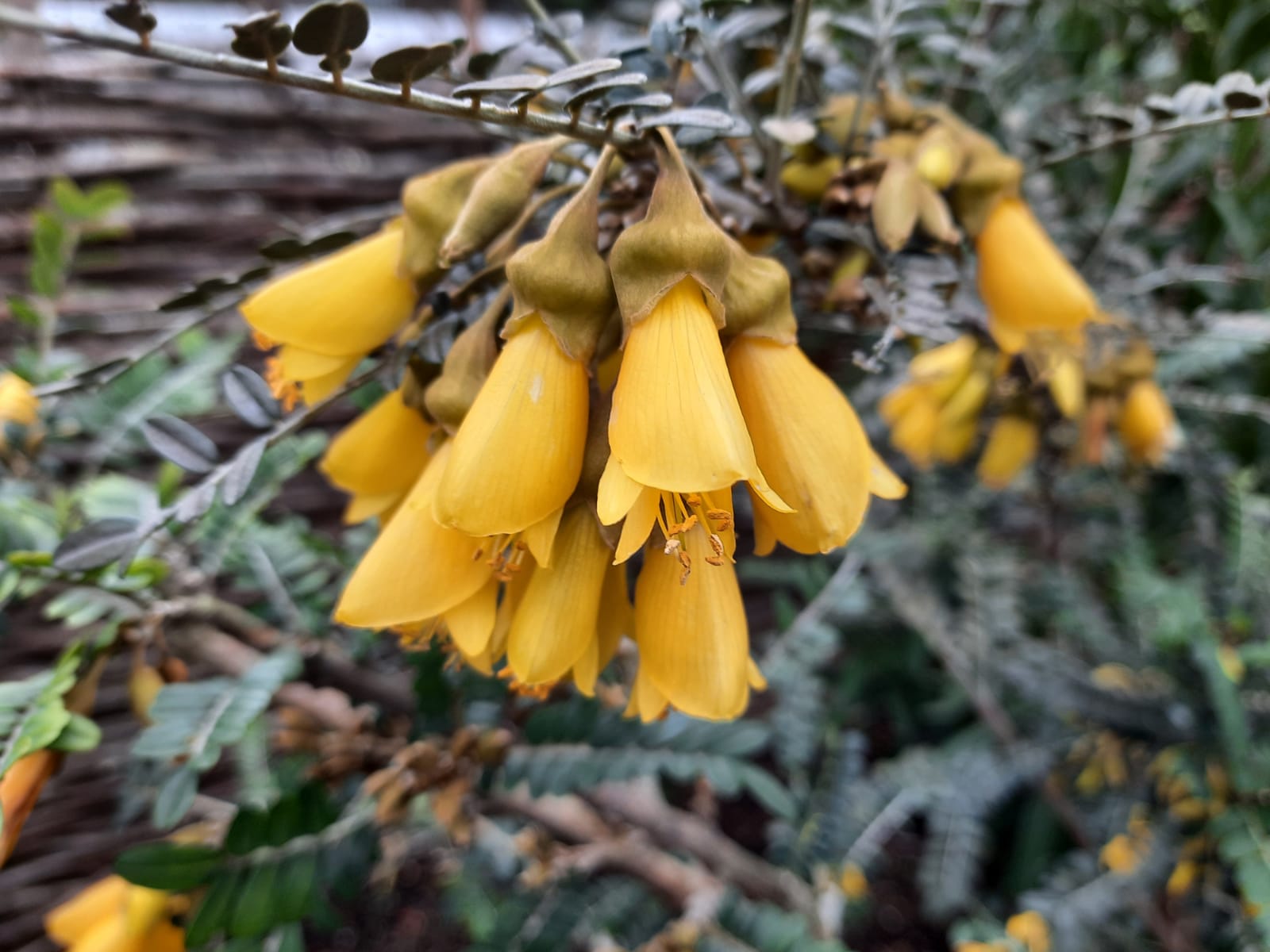
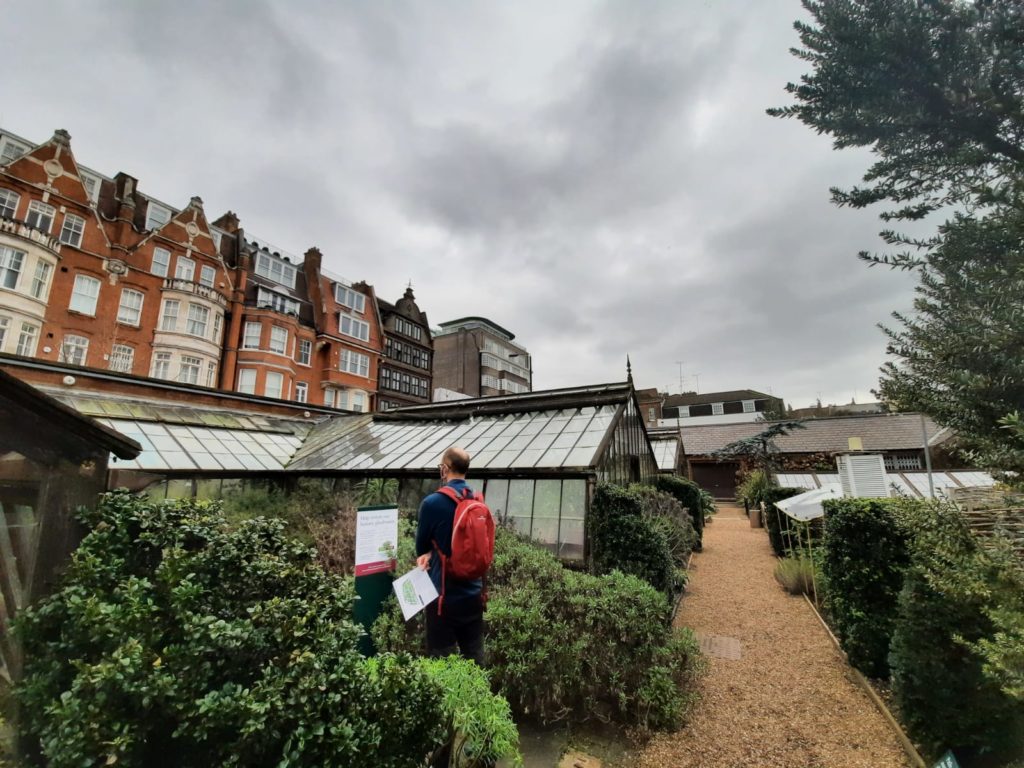
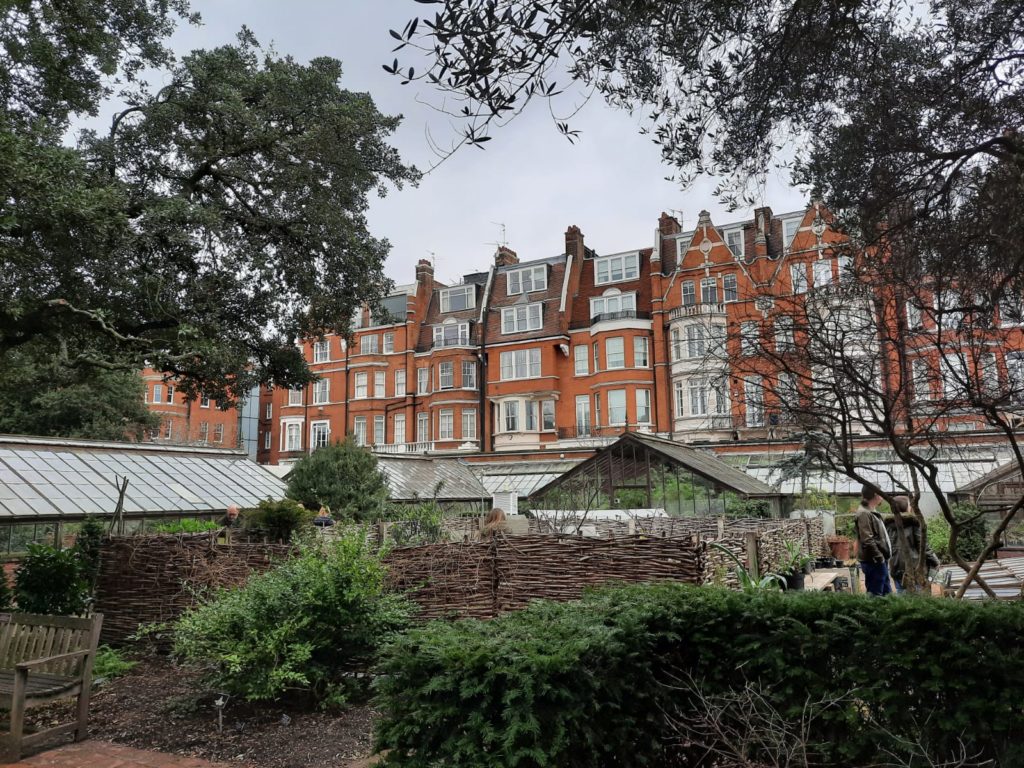
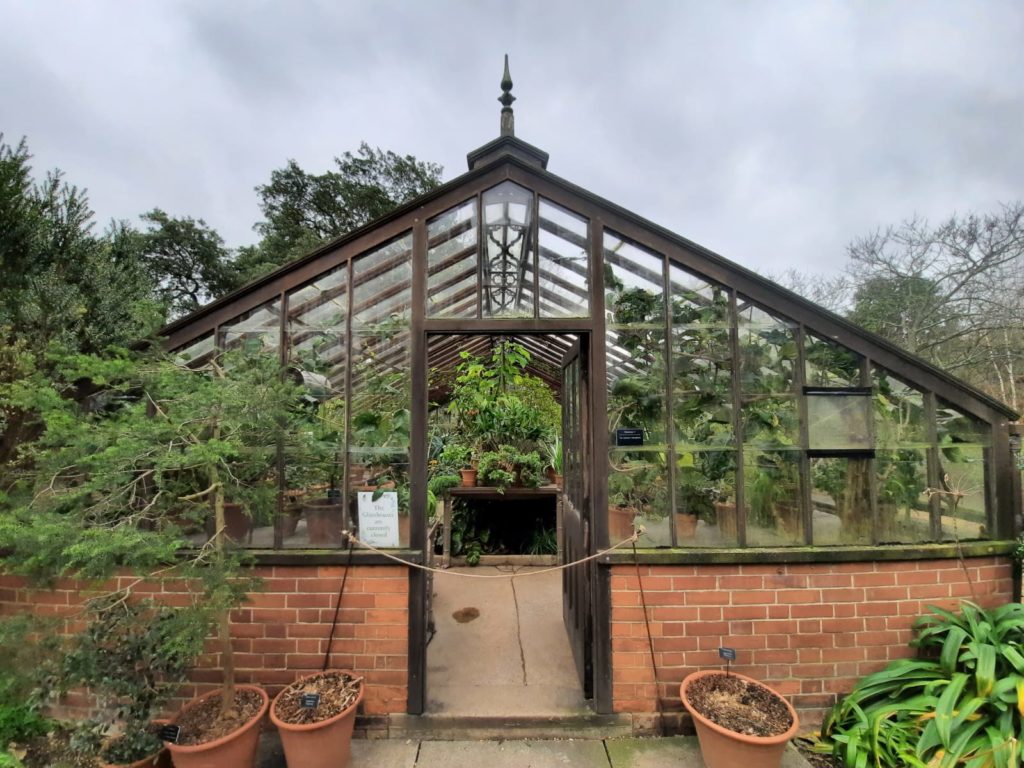
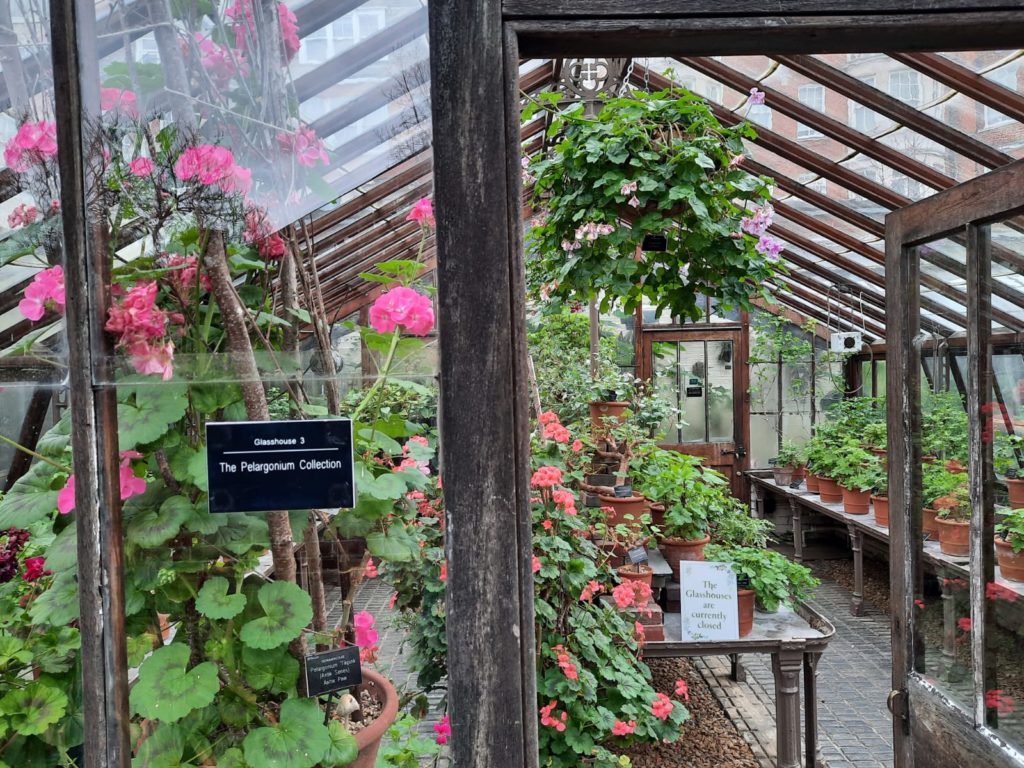
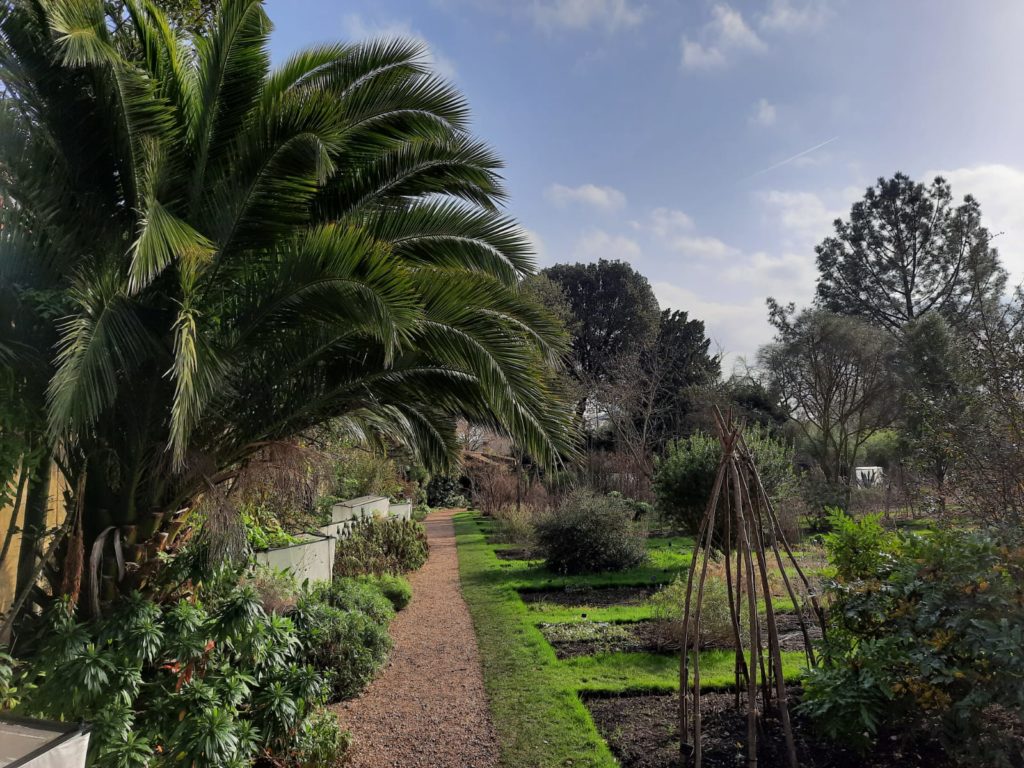
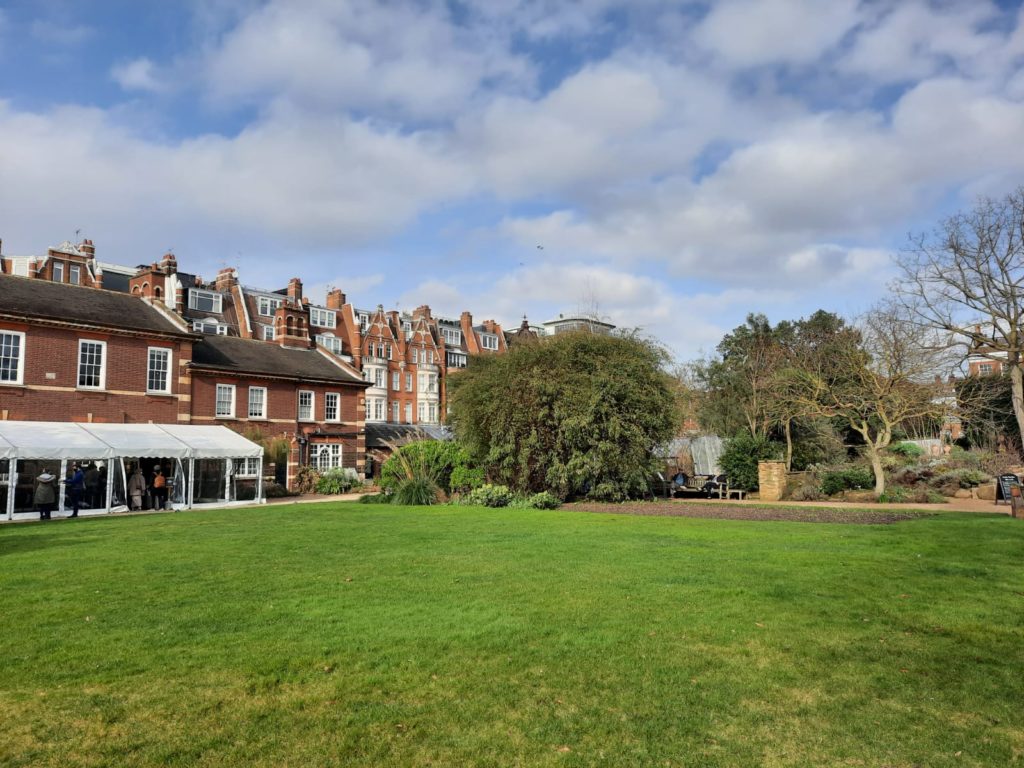
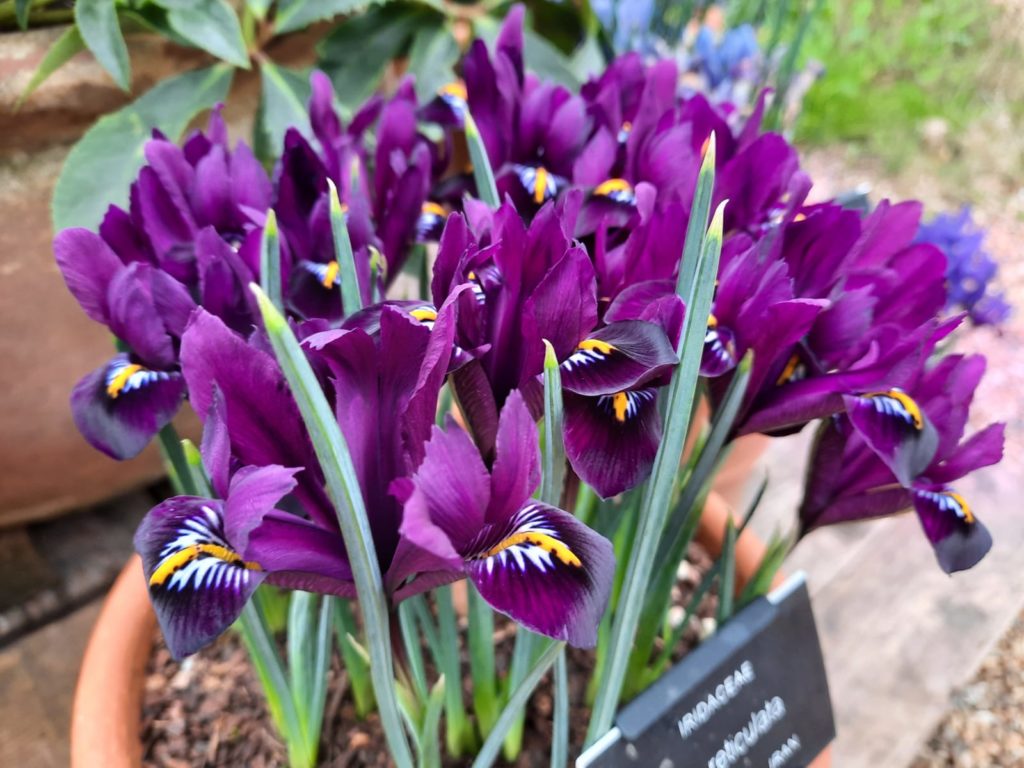
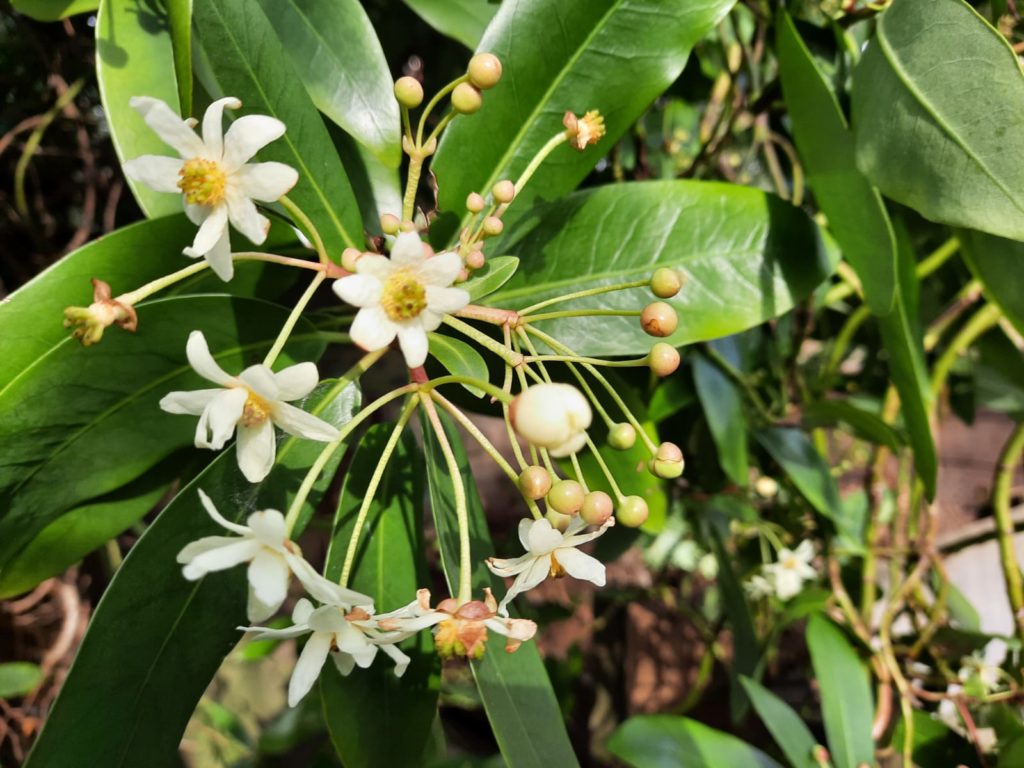
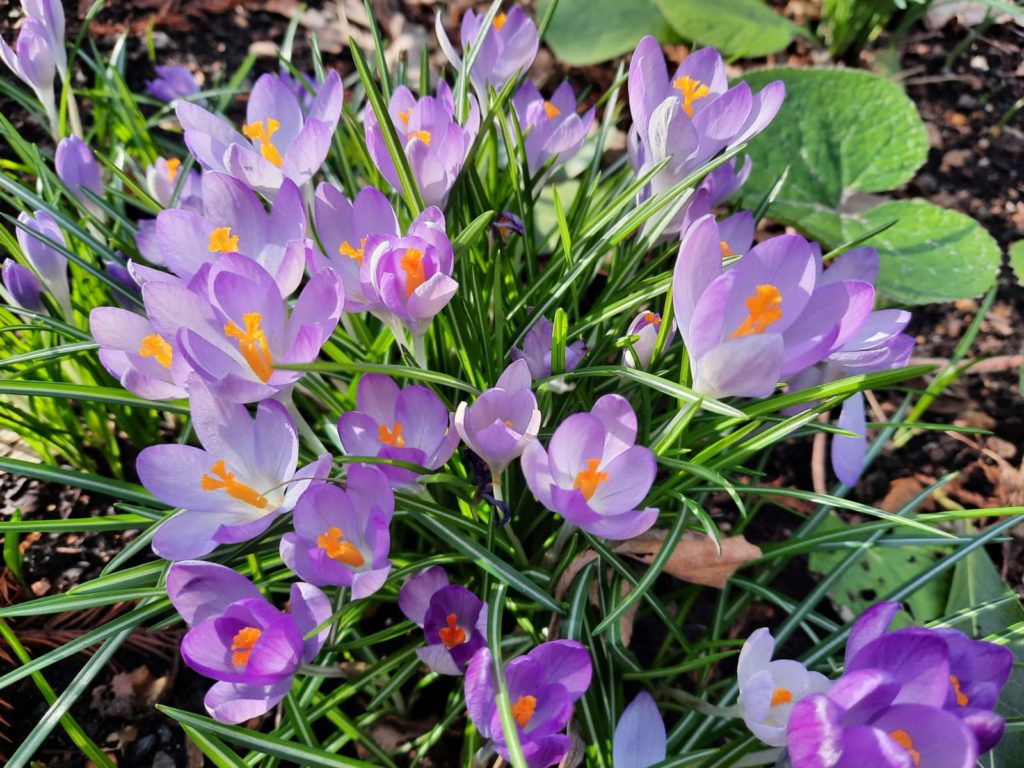

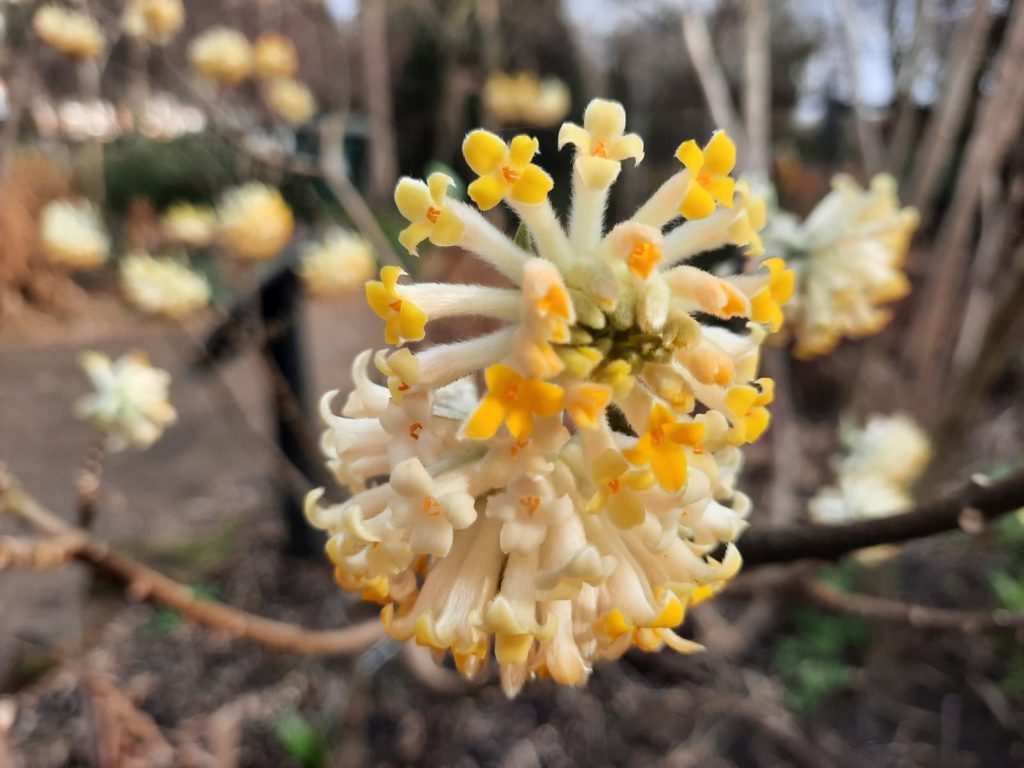
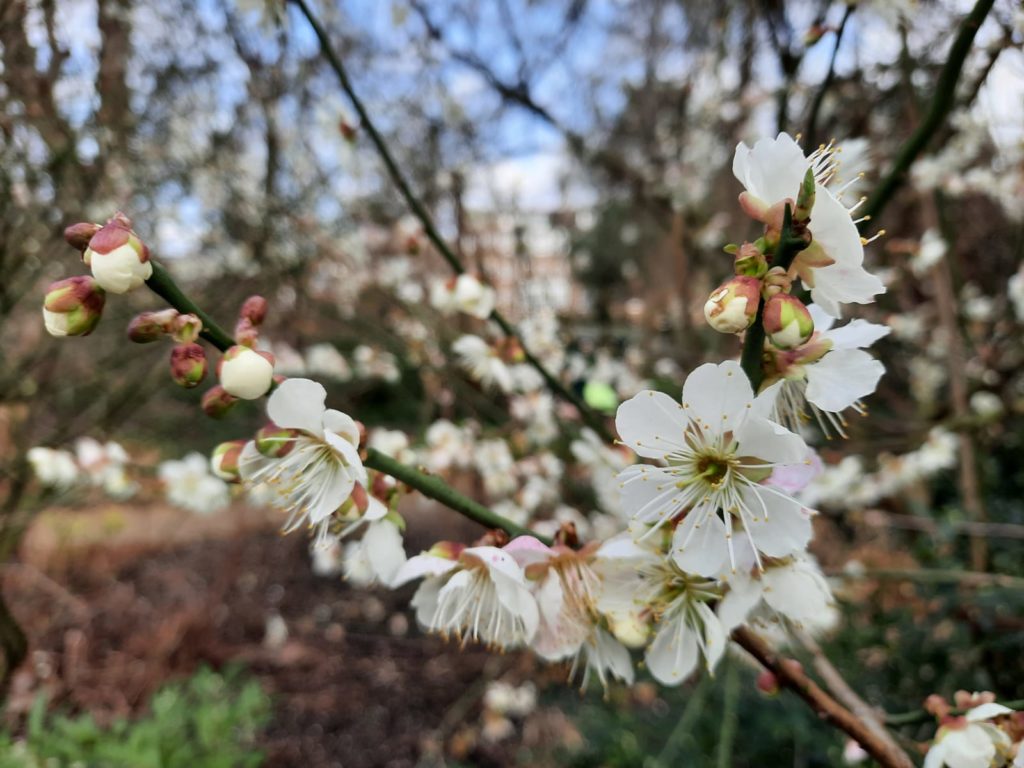
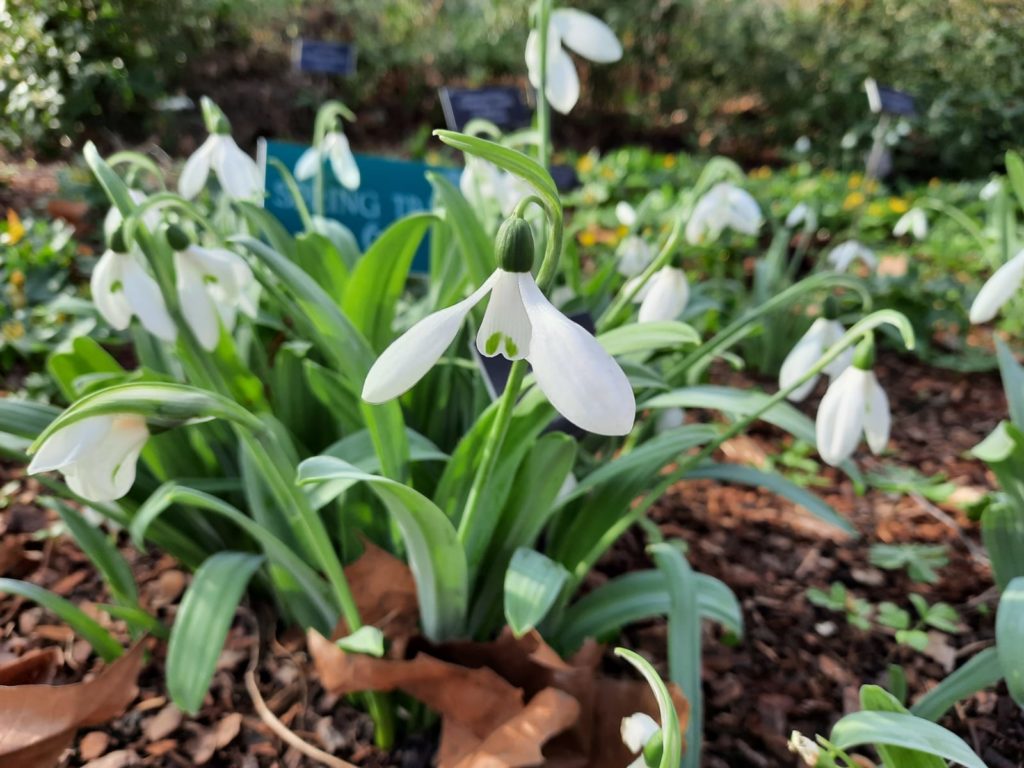
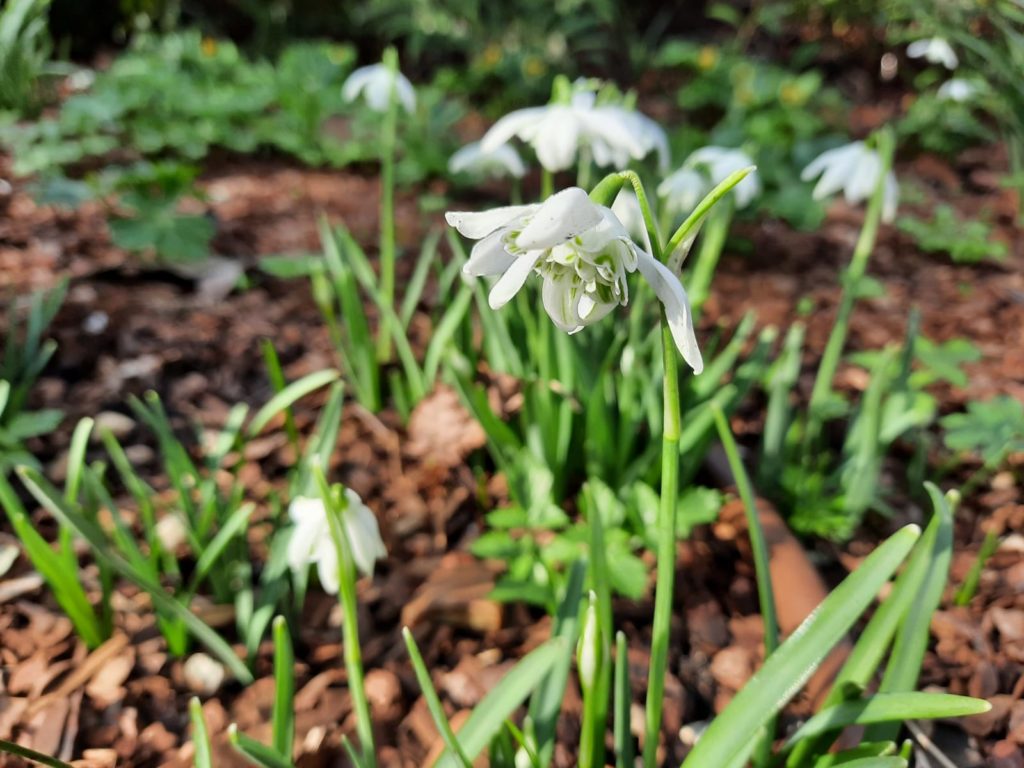
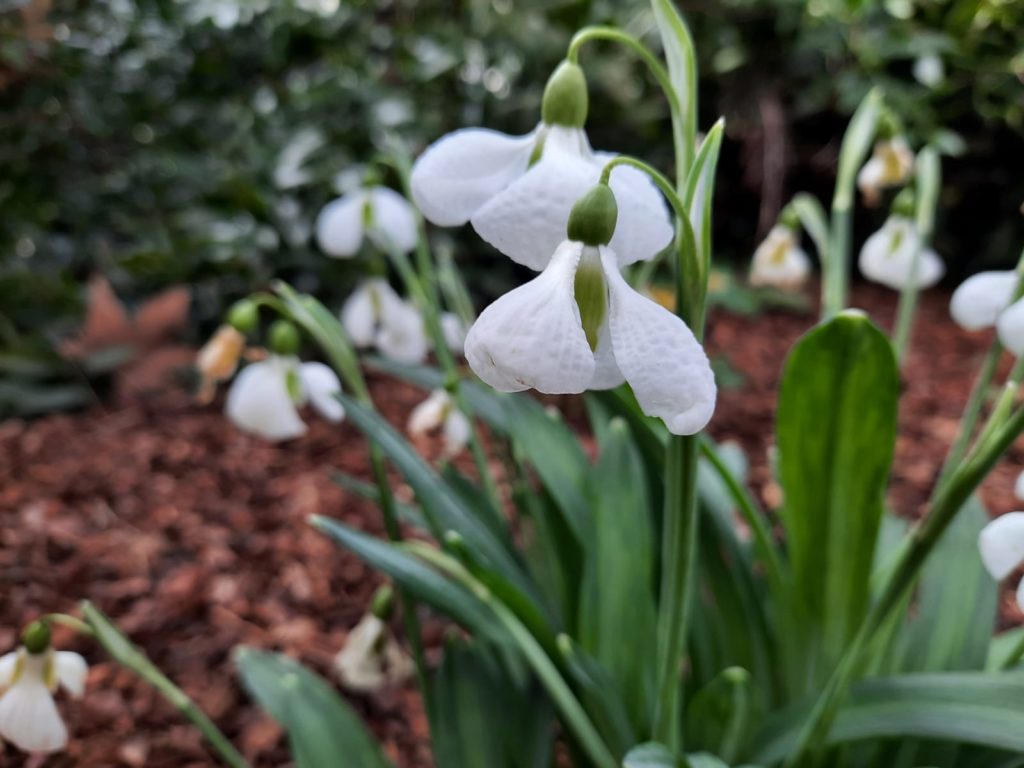
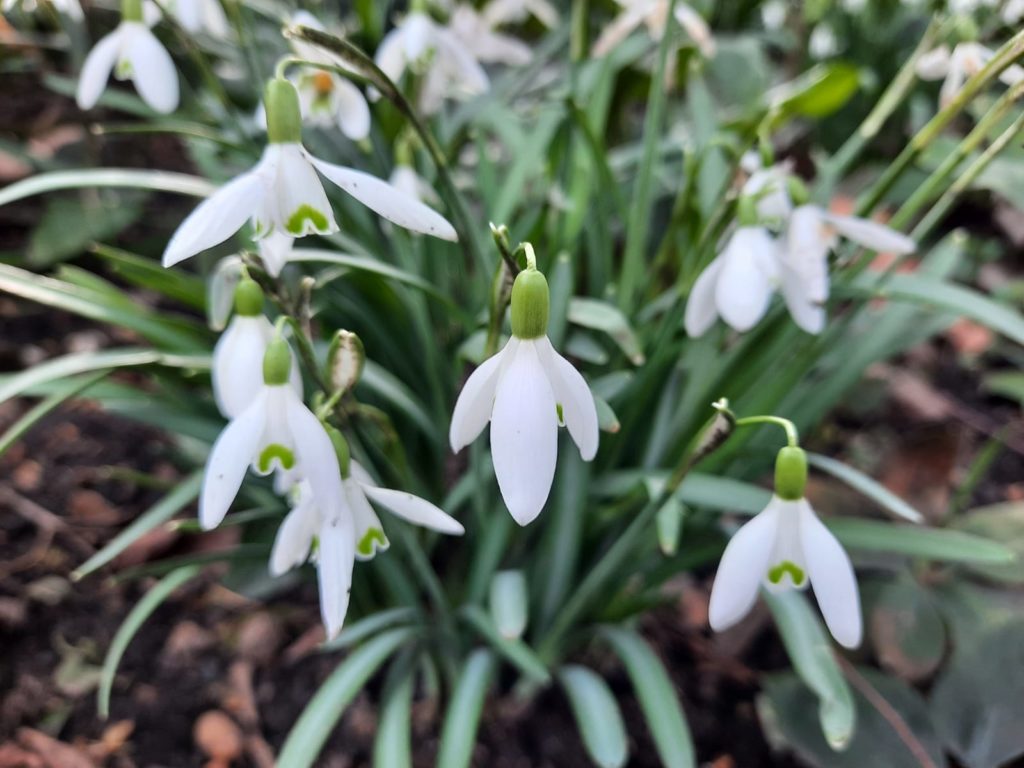
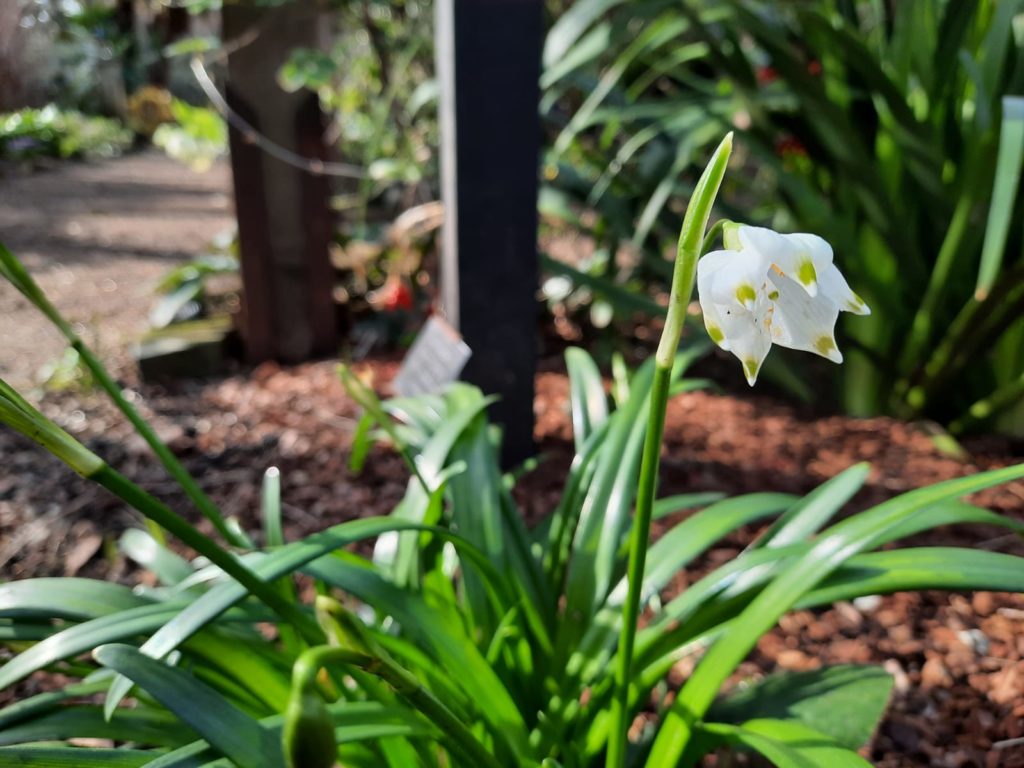
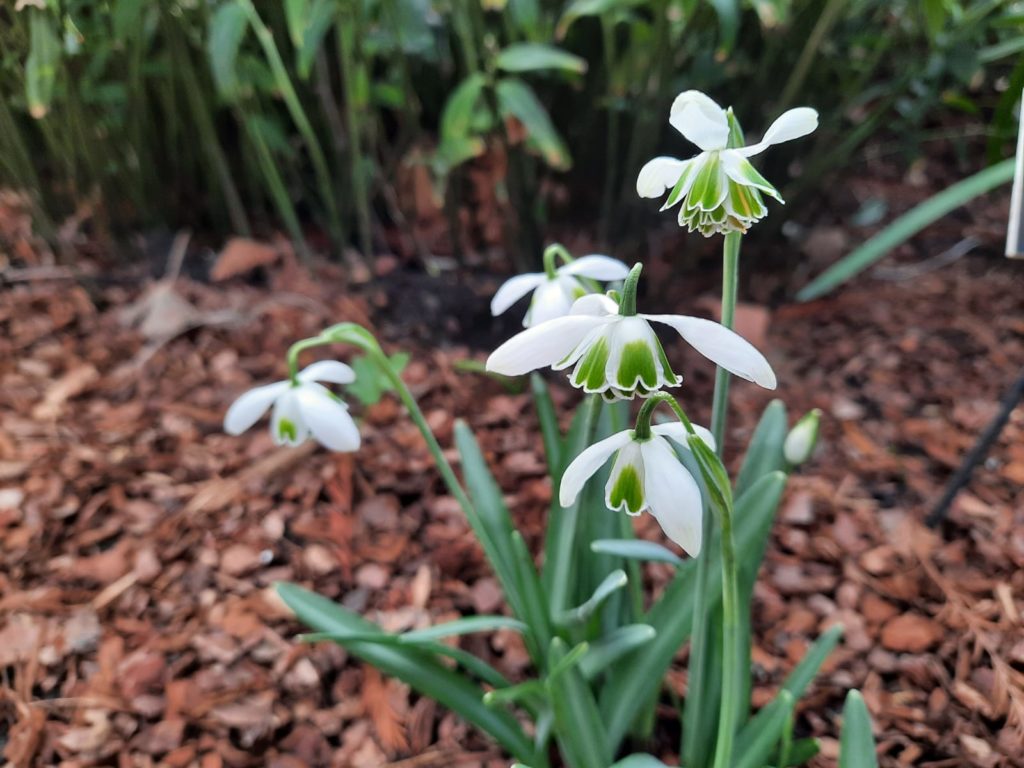
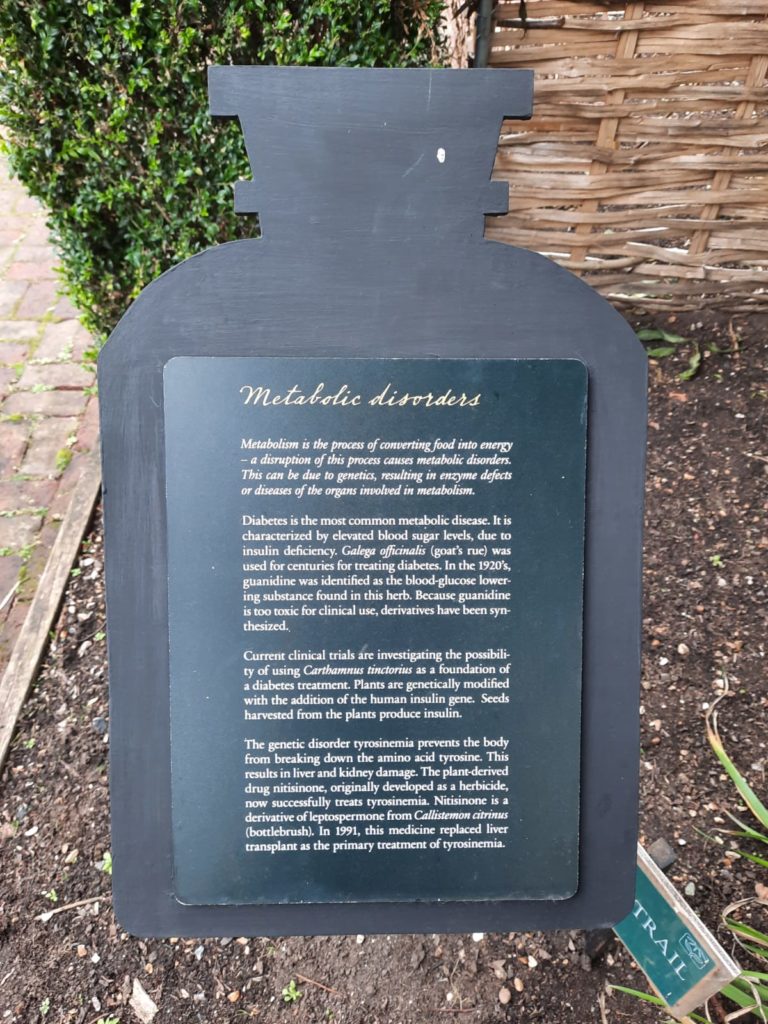

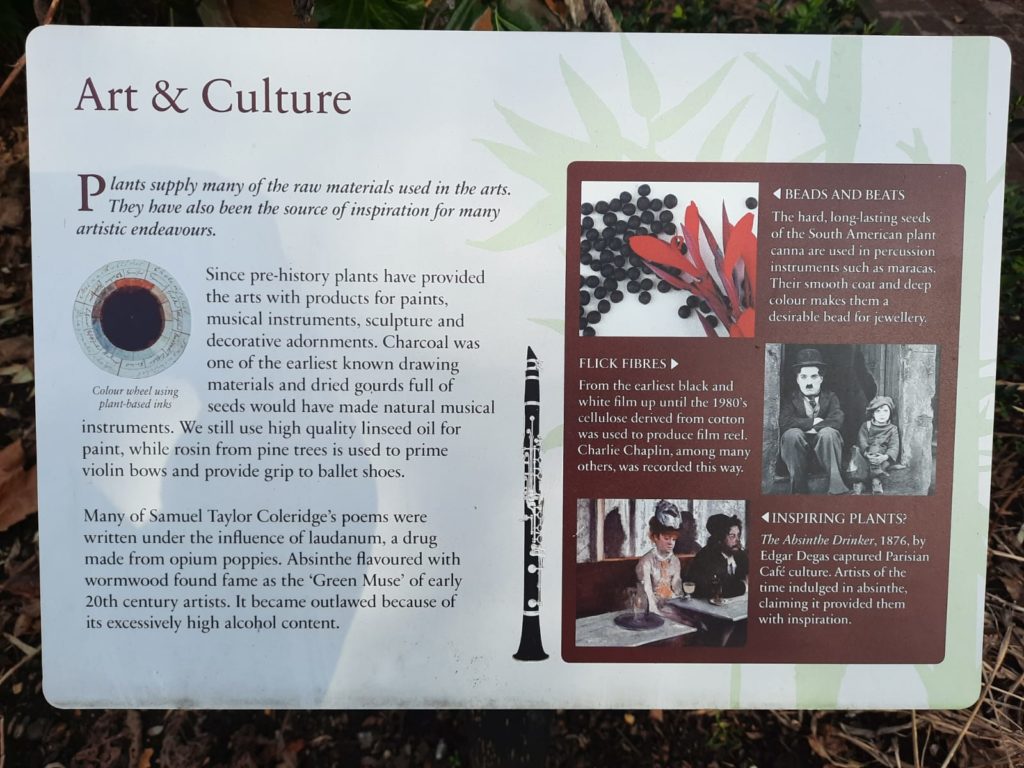
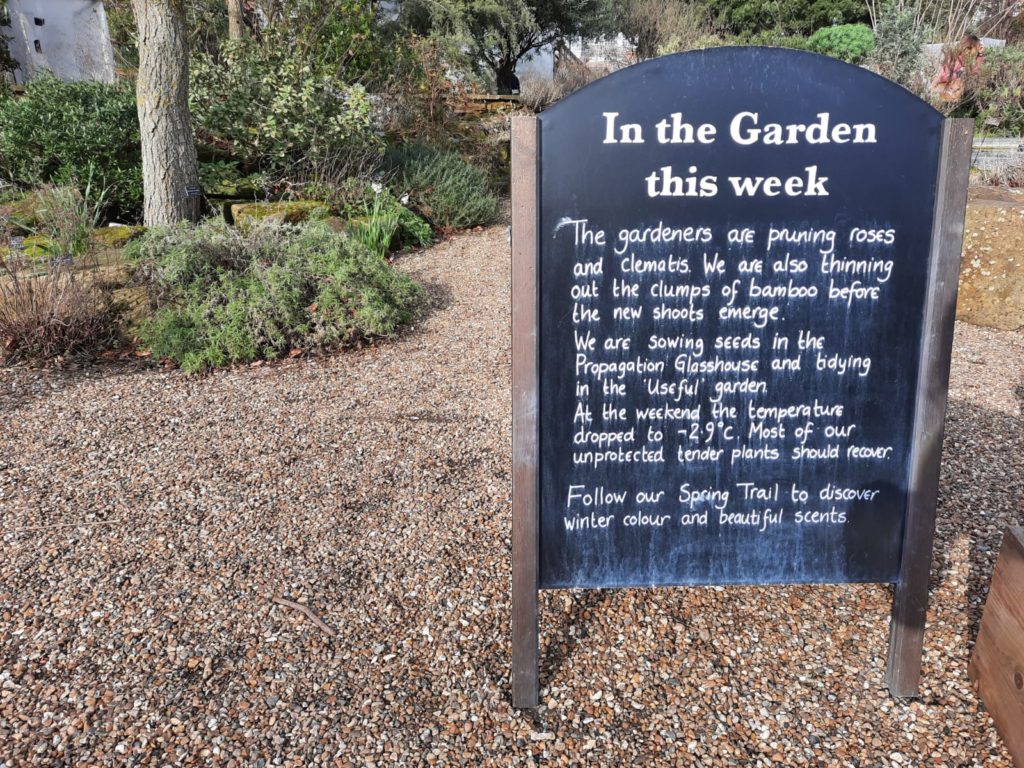
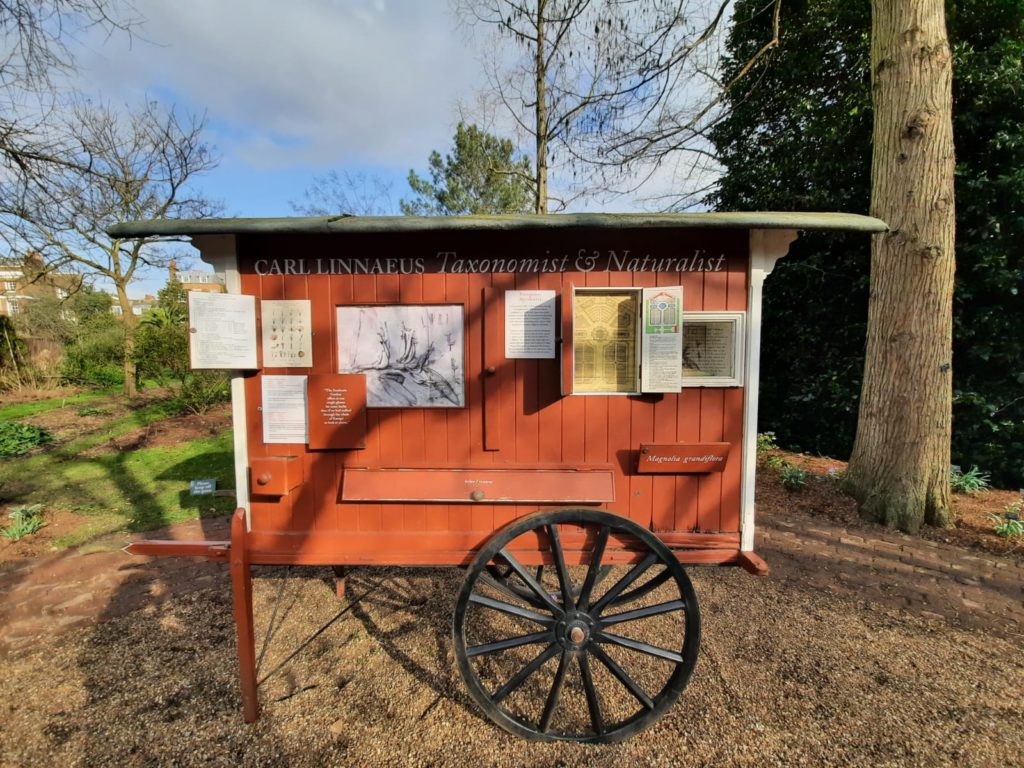
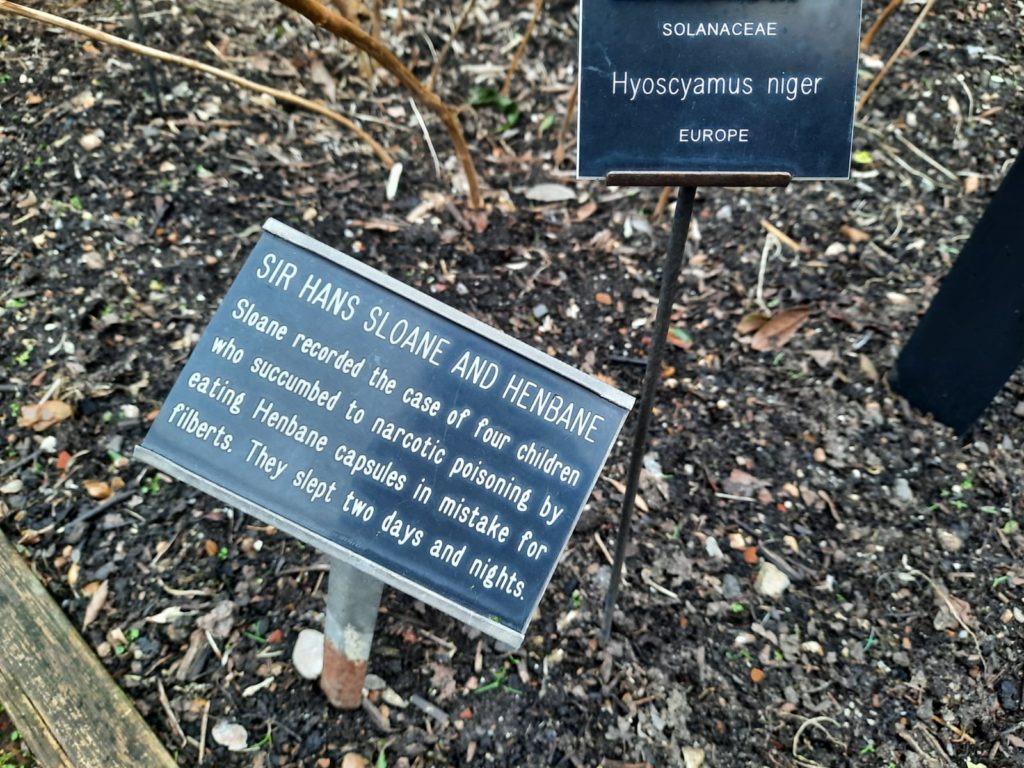
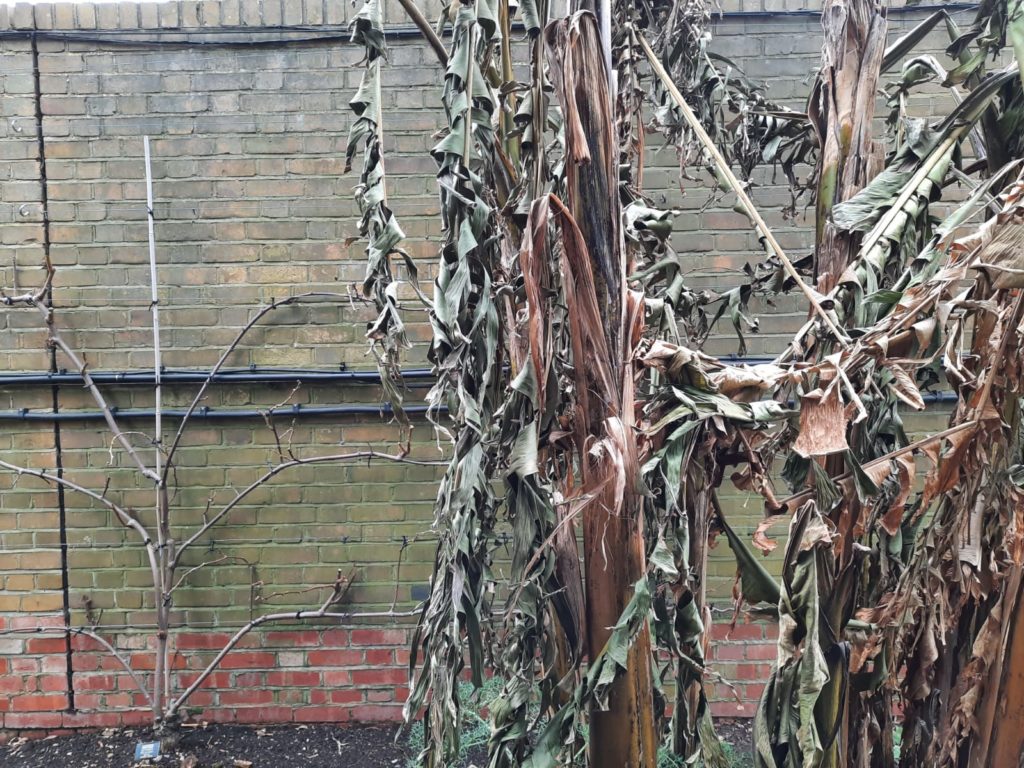
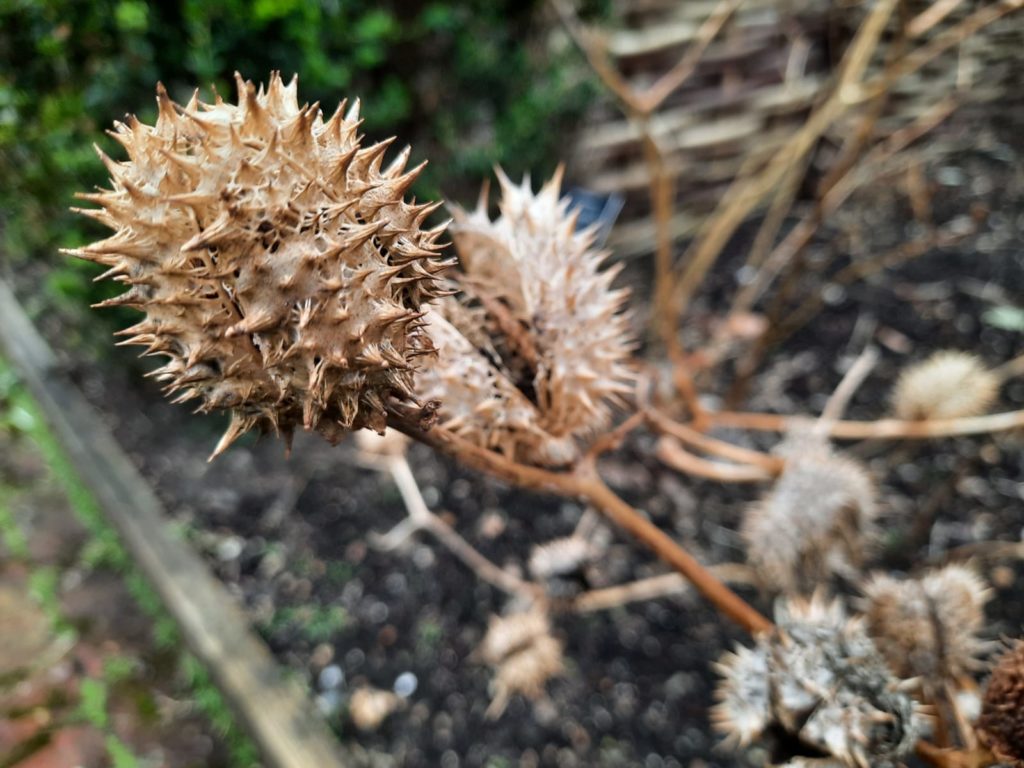
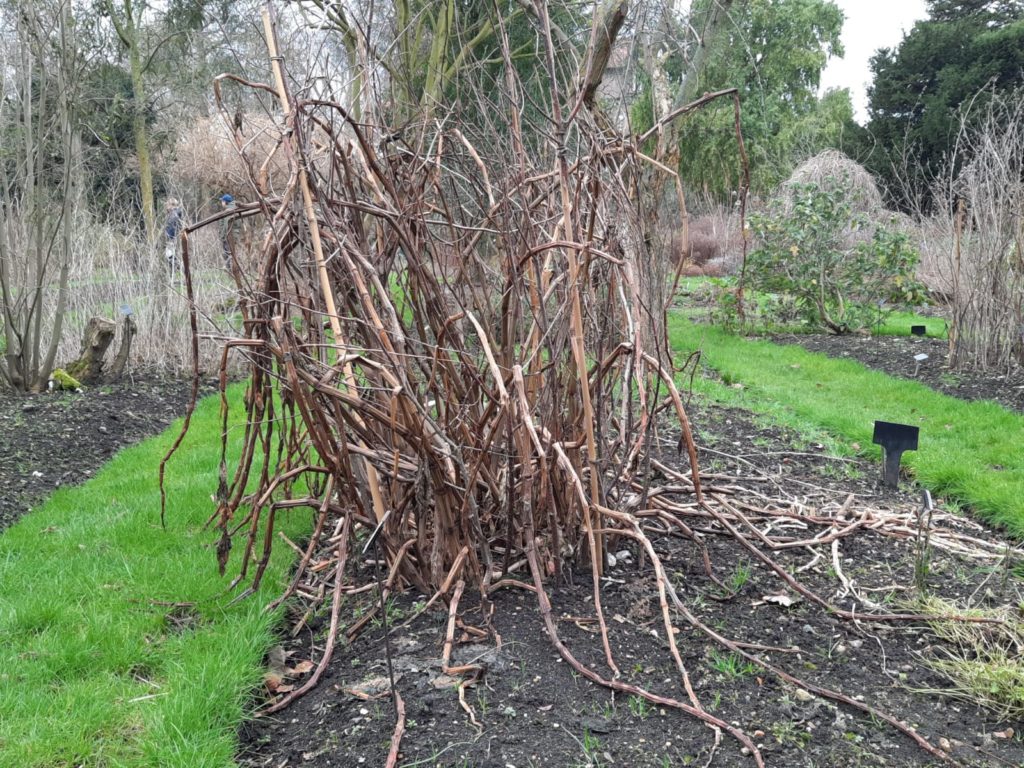
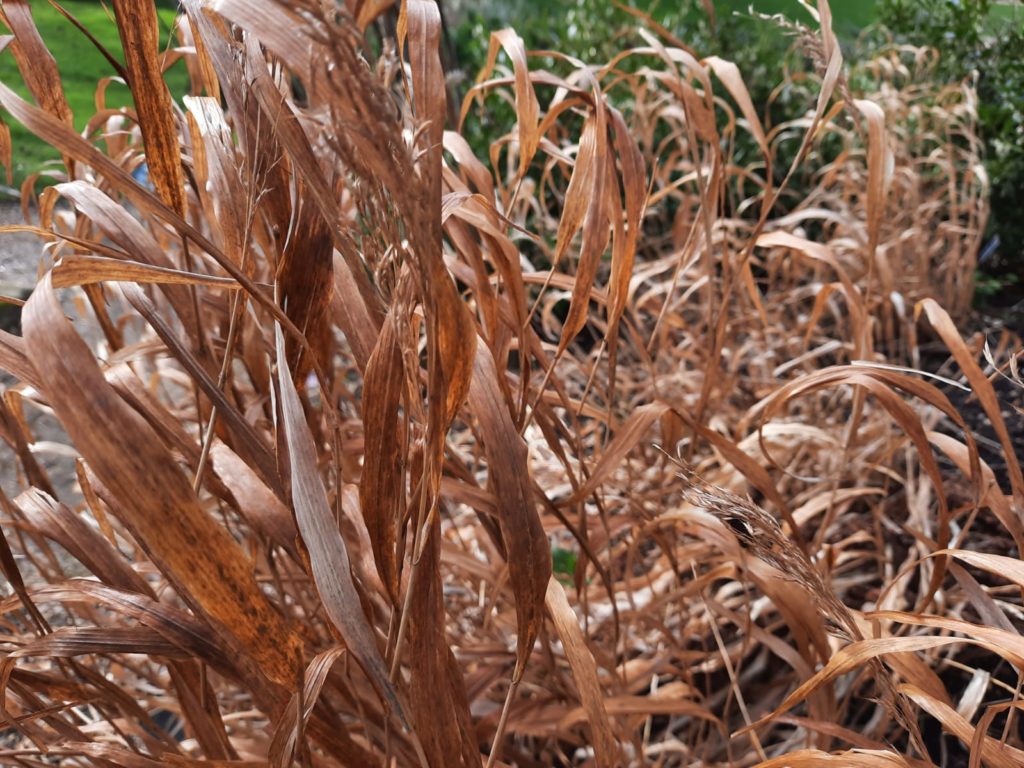
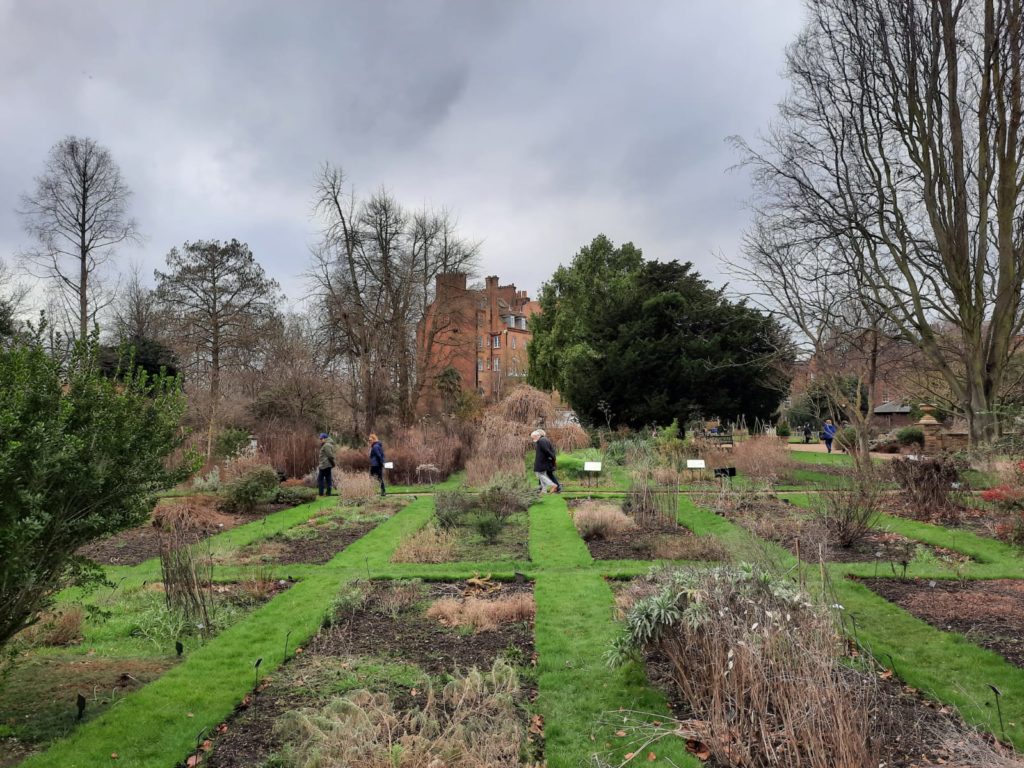

2 thoughts on “The Covid Diaries 57: Chelsea Physic Garden”